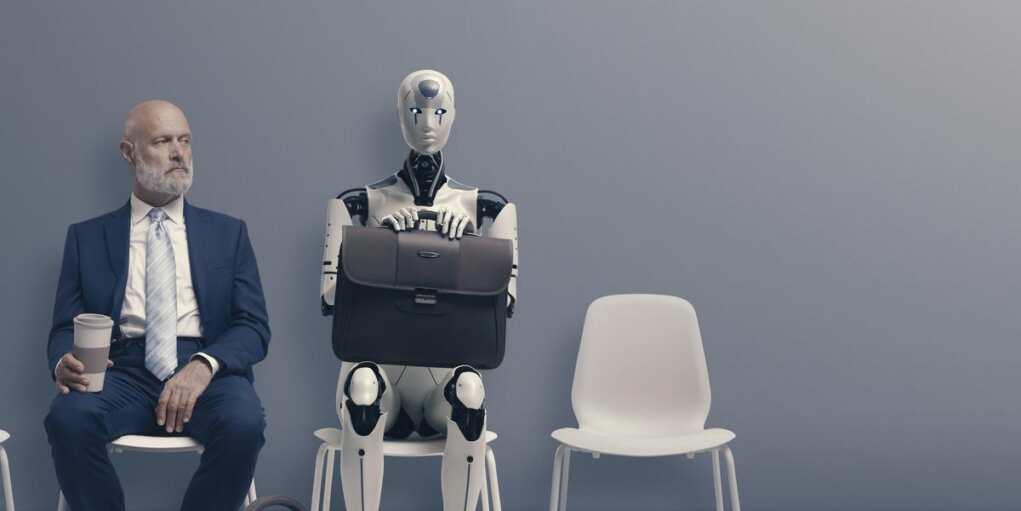Microsoft Study Reveals Which Jobs AI Is Coming For

The study, based on 200,000 anonymous conversations with Microsoft’s Copilot AI tool, mapped real-world usage of AI against the government’s job classification system. The findings show entire job categories already facing heavy overlap with AI, particularly roles dependent on writing, analysis, and communication. At the other end, physically demanding jobs remain largely untouched — for now.
Microsoft created what it calls an “AI applicability score,” measuring how much of a job’s tasks align with AI’s current strengths. Unsurprisingly, knowledge-based fields topped the list. Technical writers, journalists, telemarketers, editors, translators, data scientists, and advertising sales agents are among those with the highest overlap. Even professors, historians, and political scientists ranked high — underscoring how AI is encroaching on intellectual and creative work once thought untouchable.
But overlap does not mean replacement. Microsoft emphasized that AI is currently limited to handling specific tasks, not performing entire jobs. Much like ATMs didn’t eliminate bank tellers but changed their duties, AI is expected to reshape roles rather than abolish them. Workers who learn to use AI effectively may actually become more valuable by streamlining repetitive work and focusing on higher-level creativity.
Still, the impact is hard to ignore. Customer service representatives, broadcasters, news analysts, and proofreaders are on notice, as AI already mimics their skills. Even web developers and management analysts appear on the “most impacted” list, suggesting that AI is reaching into technical and consulting roles as well.
By contrast, the least affected jobs are firmly rooted in physical labor. Roofers, cement masons, surgical assistants, dishwashers, industrial equipment operators, and firefighters face minimal AI overlap. These roles require human hands-on work that generative AI — focused on language and digital processing — simply cannot do.
Yet, experts warn against complacency. As robotics and machine-learning driven automation evolve, even hands-on trades could eventually feel the pressure. For now, however, the safest jobs are the ones requiring manual labor and direct physical presence.
The broader lesson is adaptability. Workers in at-risk fields are advised to embrace AI as a tool rather than fear it as an enemy. By learning how to use platforms like Copilot effectively, they can reduce workloads, increase productivity, and stay competitive. Those who resist may find themselves outpaced not by machines, but by colleagues who mastered them first.
This report arrives as lawmakers and business leaders wrestle with AI’s economic disruption. Some see parallels to past technological shifts, where automation eliminated certain roles but created entirely new ones. Others warn that generative AI’s speed and reach could cause unprecedented upheaval if workers and institutions fail to adjust.
Microsoft’s findings are not a doomsday forecast — but they are a weather warning. The storm of AI is not on the horizon anymore; it’s already here. Whether it brings destruction or renewal depends largely on how Americans choose to prepare.
